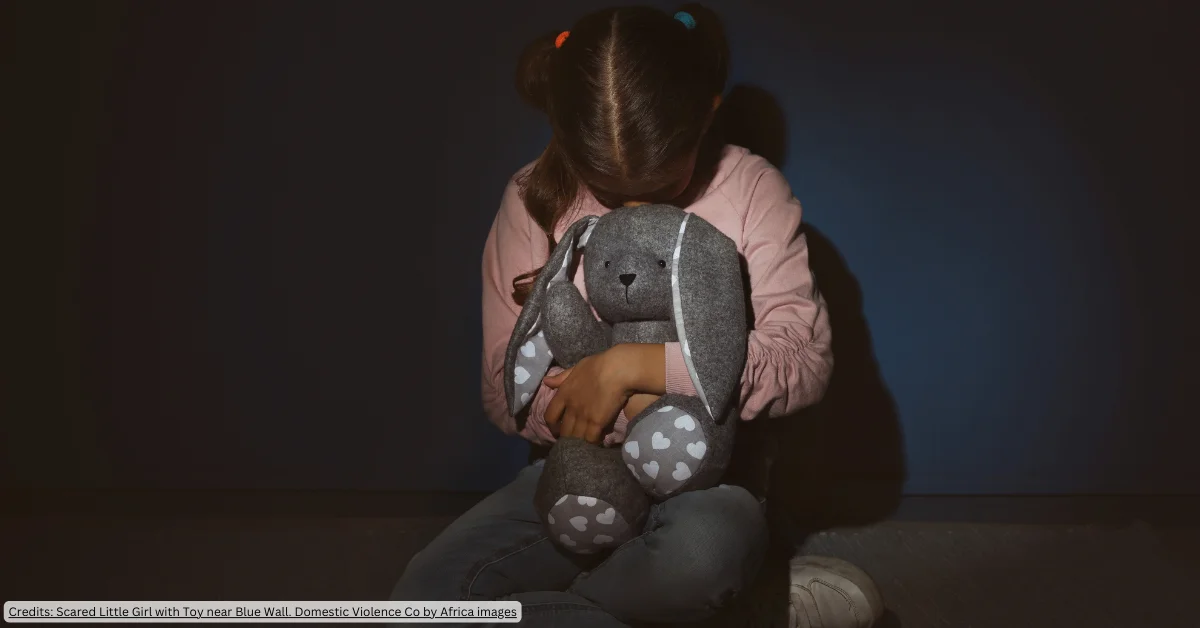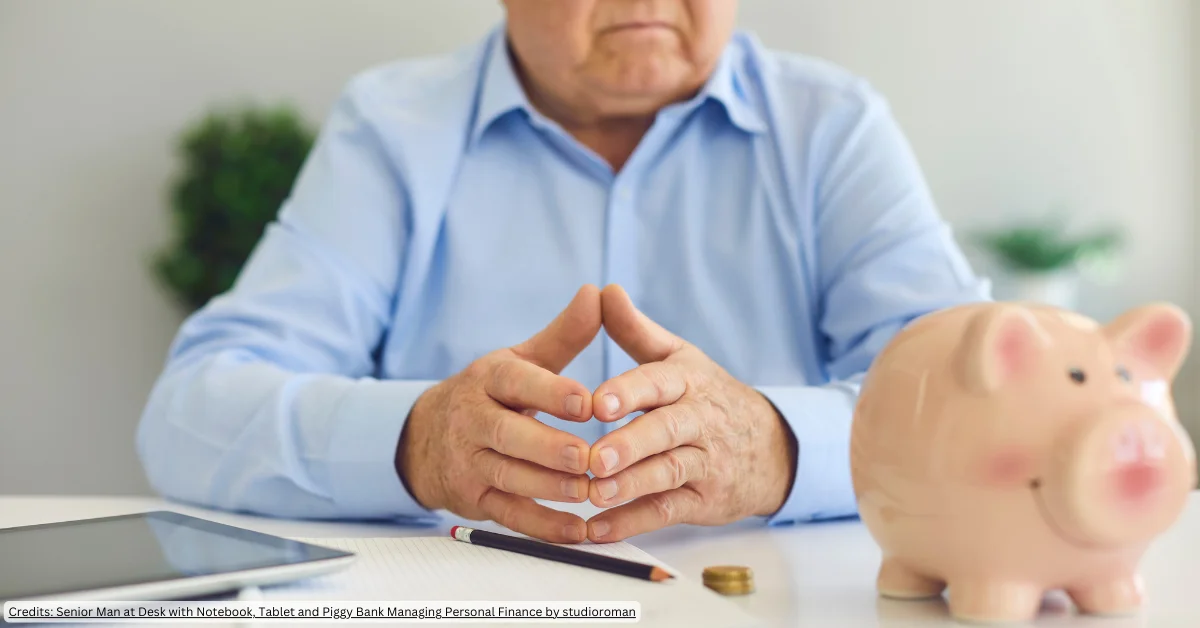CEO of the Public Health Association of Australia, Terry Slevin, said: “Australia has been successful in limiting the spread COVID-19 by implementing a broad range of public health measures. ”
“As these restrictions begin to ease and Australians return to workplaces, the possibility of increased community transmission grows. It will be essential to maintain extensive testing, and isolation of actual and suspected cases in order to avoid a second wave of infections,” he said.
Staying home when sick is one of the core messages promoted to the public to reduce the spread of this coronavirus.
Due to financial realities, people with no paid sick leave are more likely to go to work when unwell. That is especially true if their income has been drastically reduced due to the lock down. Slevin said this puts the whole community at risk and may increase the prospect of a second wave of COVID.
Acting CEO of the Australian Council of Social Service, Jacqueline Phillips, said: “It’s vital that the Government continues to listen to the health experts and that it understands the financial hardship that people are going through.”
“As we face unemployment levels we haven’t seen for at least 25 years, people are deeply concerned about their ability to get paid work in the future. We must ensure that people can pursue employment opportunities without fear that they will need to risk their health to maintain their incomes,” she said.
A national paid pandemic leave scheme is essential to help avoid a second wave, Philips said, and all workers, including casuals, must have access to paid leave, allowing 10 days over 12 months, to enable them to stay home when sick and to self-isolate until tested and confirmed free from the virus.
The PHAA, ACOSS along with The Australasian Epidemiological Association, the Australian Health Promotion Association and the Health Consumers Forum have written to the Prime Minister and the Premiers to urge them to support paid pandemic leave for all workers in Australia.
The World Health Organization reports that in 2009, when the economic crisis and the H1N1 pandemic occurred simultaneously, an alarming number of employees without the possibility of taking paid sick leave attended work while sick.
This allowed H1N1 to spread throughout their workplaces, causing the infection of some 7 million co-workers. In Australia, there are approximately 35% (or more than 3.6 million) workers in Australia have no access to sick leave.
Pearl Dy is a community manager and journalist. She is passionate about business and development particularly involving not-for-profits, charity and social entrepreneurship.
- Pearl Dyhttps://thirdsector.com.au/author/pearl-dyakolade-co/
- Pearl Dyhttps://thirdsector.com.au/author/pearl-dyakolade-co/
- Pearl Dyhttps://thirdsector.com.au/author/pearl-dyakolade-co/
- Pearl Dyhttps://thirdsector.com.au/author/pearl-dyakolade-co/











